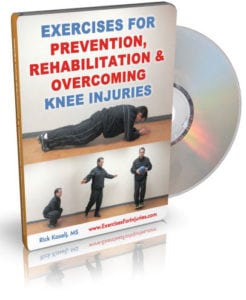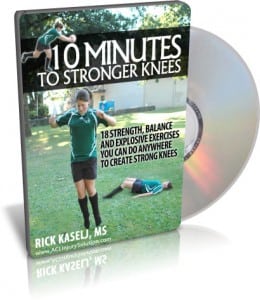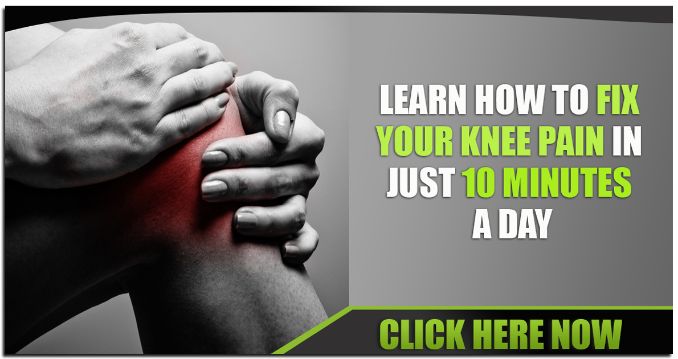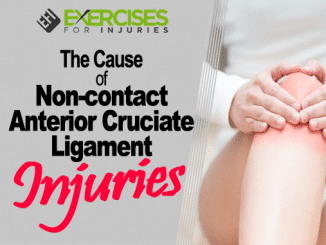
A second ACL injury can devastate athletes and often end their careers. Research shows that 70 to 80% of people who suffer a torn ACL never return to their sport. The average time to recovery after ACL surgery is 9-12 months, with some professional athletes returning in as little as six months. A second ACL injury is most likely in the same knee. If a person suffers an initial anterior cruciate ligament tear (ACL), the odds of tearing it again are pretty high. Athletes who have ruptured their ACL should take special precautions before resuming any athletic activities.
What Increases Your Risk of Another ACL Injury?
Last year, I did my webinar on Exercises for Prevention, Rehabilitation, and Overcoming Knee Injuries.
One missing piece of information was detailed when it comes to having a second ACL injury. This piece of research that I found filled in that hole.
I am so happy, and this has been bugging me for some time.
Here are a few details that I got out of the introduction that I found very interesting.
Anterior Cruciate Ligament (ACL) rupture link to:
- short-term functional deficits (affect what you can do)
- premature development of osteoarthritis
- significant progressive disability
These results can occur despite surgical or nonsurgical intervention.
Looking at what is the likelihood that an athlete will have a second ACL injury of the same leg or another leg after returning to sport after having ACL surgery is:
- 1 in 4 (25%) to 1 in 17 (6%)
- Often occurs within the first two years
- 12% sustained a second ACL injury within five years
- 1 in 3.7 individuals have a second ACL injury within ten years
- The risk of a second ACL injury is a lot higher than the initial ACL injury
Younger athletes were at higher risk:
- 17% of patients under the age of 18 years sustained a second ACL injury
- 4% over the age of 25 years suffered a double injury
The risk of a second ACL injury is most significant in individuals with a history of an initial ACL injury caused by contact with another player and a return to cutting and pivoting sports activities.
Now let’s get to the research.
What They Looked at
They examined what factors demonstrate an increased risk of a second ACL injury.
What They Did
They assessed 56 athletes (35 female, 21 male) by looking at three things. They tested:
- Using three-dimensional motion during a vertical drop jump (Jump off a 31 cm box, land on the ground, and jump straight up.)
- Anterior-posterior knee laxity (How much movement is in the knee forward and back.)
- Postural stability assessment (Sanding on one leg with arms crossed on an unstable platform.)
This was done before going back to pivoting and cutting sports. Over the next 12 months, they followed the athletes to see if they had a second ACL injury, and 13 did.
What They Found
The study findings indicate:
- Increase in net hip rotation moment impulse (Knee rotating in) – Greater hip external rotator moment may restrain internal rotation motion during the landing phase. Participants with less external rotation were eight times more likely to re-injury their ACL.
- Frontal plane knee range of motion during landing(Knee collapsing in) – Increased frontal plane motion was three times more likely to re-injury.
- Asymmetries in sagittal plane knee moments at initial contact(Knee moving forwards) – Lead to a 4.1 times re-injury rate.
- Postural stability is collectively (single leg standing) – Increases risk two times. Are all strong predictors of a second ACL
I have put together an exercise program that people can do to prevent an ACL injury from occurring. It is an easy program that can be done anywhere. Here it is:
A definition that may help when reading is:
What is Scapular dyskinesis?
Scapular dyskinesis is an alteration in the normal position or motion of the scapula during coupled scapulohumeral movements. – Kibler 2003)
I think that is it. Have a great day!
Rick Kaselj, MS





